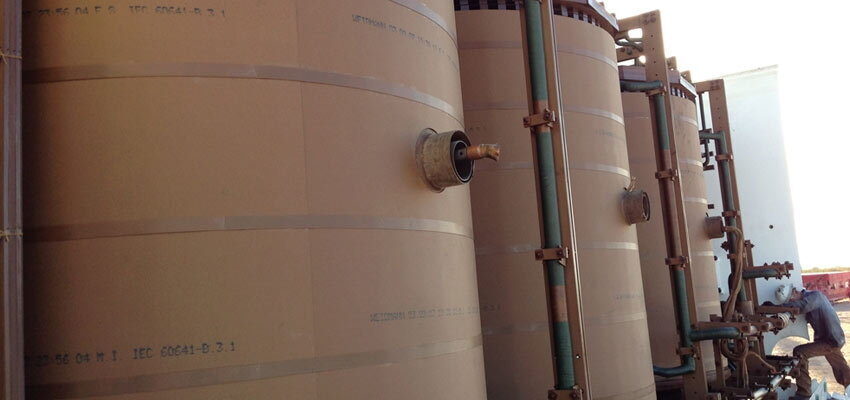
Power transformer Life Part 2: Ageing Mechanisms
What is insulation made of? By now you have probably noticed that I have referred to the insulation material as “cellulosic”. At this point I...
byCarlos Gamez

What is insulation made of?
By now you have probably noticed that I have referred to the insulation material as “cellulosic”. At this point I must make a clear distinction. Although there is a wide variety of materials used in the design and manufacture of transformer insulation systems, the great majority of liquid filled transformers are built with cellulose based materials such as Kraft paper, woo and compressed boards. Therefore, in this article I will focus our attention on this type of materials and not others, such as synthetic fibres, resins, epoxies, etc.
All insulation elements derived from vegetable fibres fall under the group I have been calling cellulosic materials. Whether the insulation takes the form of paper, tapes, compressed boards or blocks, their origin is the same, vegetable fibres.
The vegetable fibres that make up these materials are comprised by an organic compound known as cellulose. These molecules are also known as polysaccharides from the Greek root-words ‘poly’(many) and ‘sacchar’ (sugar). Surprised? Well, that is what vegetable fibres are made of, long chains of sugar molecules.
Another name that these types of molecules are known by is polymers, which means they are a collection of many monomers. In the case of the sugars forming the cellulose, the main constituents are carbon, hydrogen and oxygen, which is why they are also called carbohydrates.
This is better illustrated in the figure below, which shows the three-dimensional structure of this compound.

These cellulose polymeric molecules form long chains that in turn form the paper fibres. The photo below shows a microscopic view of these fibres under ultraviolet light.
Can you see how all the fibres interlace with each other? Well, that is what gives the paper its mechanical strength, which as we learned in the first article of this series, is a critical property for the life of the insulation system and the transformer as a whole.
The specific type of paper used in the construction of transformer insulation is also known as Kraft paper (from the German word ‘Kraft’ for “strength”) which is elastic, tear-resistant, non-bleached and consisting almost entirely of pure cellulose fibres.
Since the cellulose molecules are made up of a repetitive chain of basic sugar molecules or monomers, a common way of referring to the length of these molecules is by the average number of monomers that constitute them. In the transformer industry, this number is known as Degree of Polymerisation (DP).
In new transformer paper the average length of the cellulose molecules is around 1200 monomers or DP 1200. This DP number or the length of these molecules is directly coupled with the mechanical strength of the paper and the higher it is, the stronger the paper. As these molecules shorten due to the processes that we are going to discuss in the following section, the paper becomes more brittle and prone to mechanical failure. In extreme cases of very low DP the paper practically crumbles under any external force.







